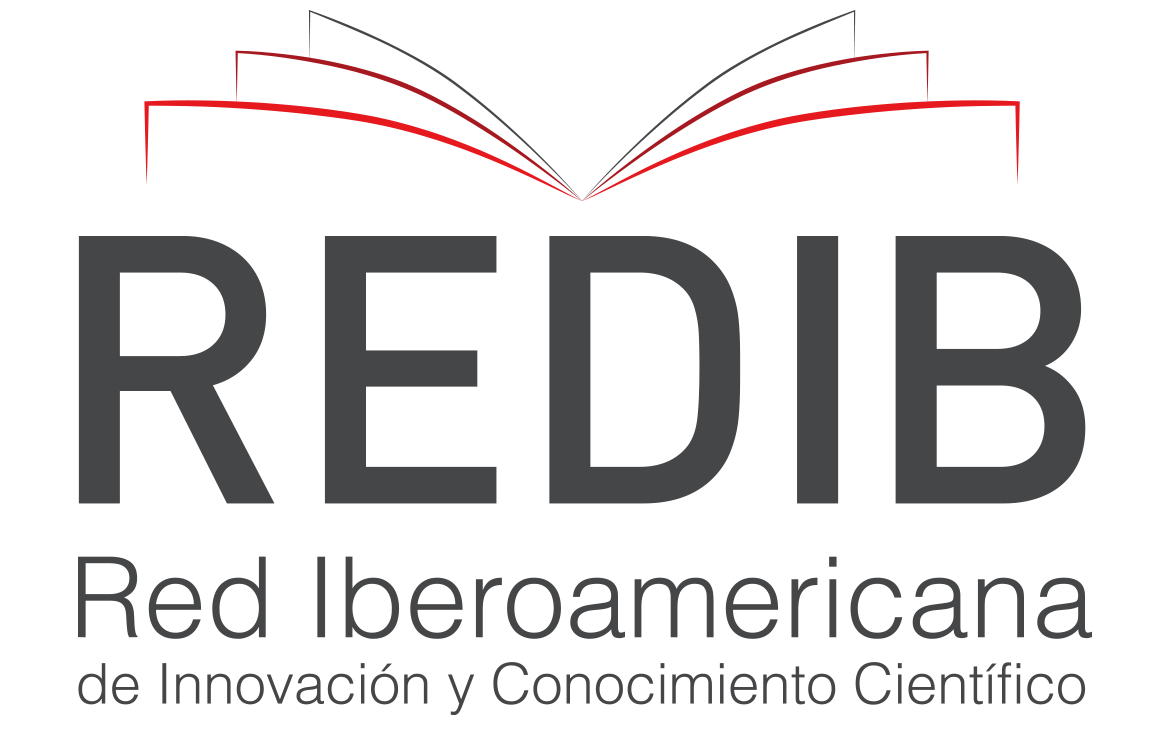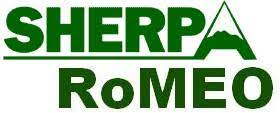THE USE OF LITERATURE IN TESOL CONTEXTS: A DISCUSSION OF ITS BENEFITS AND FLAWS PLUS THE USE OF TEXT MANIPULATION
Palavras-chave:
Ensino da Língua Inglesa, Literatura, Manipulação de TextosResumo
A importância do uso da literatura no ensino de Inglês é frequentemente permeada por pensamentos dúbios sobre a sua real relevância no crescimento global linguístico dos estudantes da língua Inglesa. No presente trabalho, debruçamo-nos sobre esta problemática, utilizando investigação secundária, compreendendo a análise do papel da literatura no ensino de Inglês e a manipulação de textos. Como resultado, viu-se que os textos literários podem ser usados para o ensino do uso das funções gramaticais; o uso da literatura pode ajudar na materialização dos objetivos académicos e profissionais dos estudantes; a literatura pode ajudar na criação de uma cultura de tolerância na sala de aulas; e pode aumentar o nível de motivação dos estudantes. Adicionalmente, sobre a manipulação de textos literários, foi exposto que a mesma é vantajosa para os estudantes, visto que, através dela, os mesmos têm acesso a textos literários com nível de linguagem bastante avançado, o que seria muito difícil sem este procedimento metodológico.
Referências
Bahns, J. (1990). Consultant not initiator: the role of the applied SLA researcher. English Language Teaching Journal, (44)2, 110-116.
Brumfit, C.J. and R. Cater (eds.) (1986). Literature and Language Teaching. Oxford: Oxford University Press.
Brumfit, C.J. (1986). Reading skills and the study of literature in a foreign language. In Brumfit, C.J and R. Cater (eds.).
Campbell, N. (1987). Adapted literary texts and the EFL reading programme English Language Teaching Journal, (41)2, 132-5.
Cook, G. (1986). Texts, extracts, and stylistic texture. In Brumfit, C.J and R. Cater (eds.), 150-166.
Culler, J. (1975). Structuralist poetics. London: Routledge and Kegan Paul.
Davies, A. (1984). Simple, simplified and simplification: what is authentic?. In Alderson, J.C. and A. H. Uquhart (eds.). Reading in a Foreign Language. New York: Longman.
Evans, M. (1992). Text Manipulation in the Teaching of Literature to ESL Undergraduates. Journal for Language Teaching, (26)3, 39-50.
Frye, N. (1964). The educated imagination. Indiana: Indiana University Press.
Gaies, S. 1979. Linguistic input in formal second language learning: the issue of syntactic gradation and readability in ESL materials. Teaching English Speakers of Other Languages Quarterly, (13)1, 41-50.
Halliday, M.A.K. (1964). The linguistic sciences and language teaching. London: Longman.
Harrison, B. (1974). Explorations in language study: English as a second and foreign language. London: Edward Arnold.
Hirvela, A. (1990). ESP and literature: a reassessment. English for Specific Purposes, 9, 237-252.
Howatt, A.P.R. (1985). A history of English language teaching. Oxford: Oxford University Press.
Kachru, B. (1986). Non-native literatures in English as a resource for language teaching. In Brumfit and Cater (eds).
_______ (1980). The pragmatics of non-native varieties of English. In Smith, L.E.(ed.) English for Cross-Cultural Communication. London: Macmillan. pp.15-37.
Lazar, G. (1994). Using literature at lower levels. English Language Teaching Journal, (48)2, 115-124.
Leech, G. (1973). A Linguistic Guide to English Poetry. London: Longman.
Lightbown, P. M. (1985). Great expectations: second language acquisition research and classroom teaching. Applied Linguistics, (6)2, 173-89.
Maley, A. and A. Duff (1989). The inward ear. Cambridge: Cambridge University Press.
Marshall, M. (1979). Love and death in Eden: teaching English literature to ESL students. Teaching English Speakers of Other Languages Quarterly, (13)3, 331-40.
McKay, S. (1982). Literature in the ESL classroom. Teaching English Speakers of Other Languages Quarterly, (16)4, 529-536.
Meyer, B. (1975). The organisation of prose and its effects on recall. New York: North Holland.
Povey, J. (1987). ‘Literature in TESOL programs: the language and the culture’. In Allen, H and R. Campbell (ed.) English as a Second Language. New York: McGraw Hill.
Pugh, S.L. (1989). Literature, culture and ESL: a natural convergence. Journal of Reading, January, 320-329.
Richards, J. C. & R. Schmidt (2002). Longman dictionary of language teaching & applied linguistics. London: Longman
Rönnqvist, L. and R. D. Sell (1994). Teenage books for teenagers: reflections on literature in language education. English Language Teaching Journal, (48)2, 125-32.
Widdowson, H. G. (1978). Teaching language as communication. Oxford: Oxford University Press.
Zulu, N.S. (1996). Teaching ESL literature: the problems of cultural selection in South Africa. Journal for Language Teaching, (30)1, 50-58.
Downloads
Publicado
Como Citar
Edição
Secção
Licença
Direitos de Autor (c) 2024 NDJIMI DUMBA WATEMBO MALAKA

Este trabalho encontra-se publicado com a Licença Internacional Creative Commons Atribuição-NãoComercial-CompartilhaIgual 4.0.

















